How to take a good care of your newborn baby?
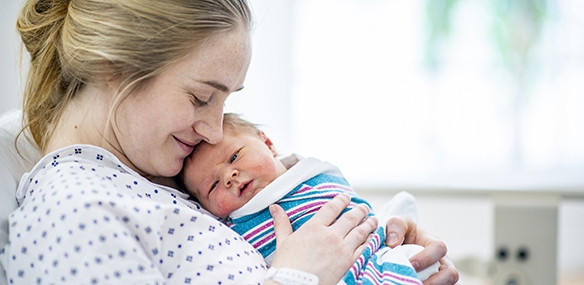 |
| Photo: Sutter Health |
Newborn Care from Head to Toe
Follow these simple, doctor-recommended tips for keeping your baby clean and comfy.
Face
It's disconcerting to see a newborn with a red, blotchy face, but baby acne is a common and harmless condition. Care tip: Wash your baby's face daily with a mild baby soap.
Eyes
Some babies have a yellowish discharge or crusting in the eye or on the lid, which is usually caused by a blocked tear duct. This condition can last several months. Care tip: Wipe the area using a cotton ball moistened with warm water.
Scalp
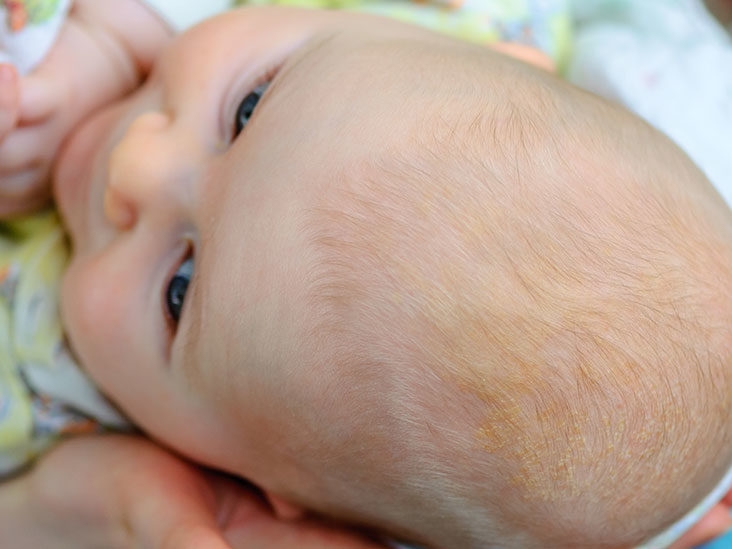 |
| Photo: Medical News Today |
Many newborns develop a scaly scalp condition called cradle cap. It typically disappears in the first few months.
Care tip: Wash your baby's hair with a gentle baby shampoo no more than three times a week and gently brush out the scales daily using a baby hairbrush or soft toothbrush.
Nose
Babies' narrow nasal passages tend to fill with mucus.
Nails
A newborn's nails usually are soft, but they can scratch his sensitive skin. Care tip: Use baby nail clippers or blunt-nosed scissors. Clip after his bath when nails are soft, or when he's asleep and his fingers are relaxed.
Skin
 |
| Photo: Today's Parents |
Some babies develop red, itchy patches called eczema or atopic dermatitis—an inheritable skin condition.
Care tip: Limit baths to 10 minutes, and use a mild, fragrance-free soap and lukewarm water; liberally apply hypoallergenic skin cream immediately afterward. Stick to cotton clothing.
Bottom
Too much moisture plus sensitive skin can equal diaper rash for many babies.
Care tip: Change diapers frequently. Rinse your baby's bottom with water during each change and blot dry. Avoid using wipes; they may irritate skin. Barrier creams, such as petroleum jelly or white zinc oxide, may help.
Umbilical Cord
Keep the umbilical cord stump clean and dry; it will shrivel and fall off within a few weeks.
Care tip: Avoid covering the cord area with a diaper and stick to sponge baths until the stump detaches.
Circumcision
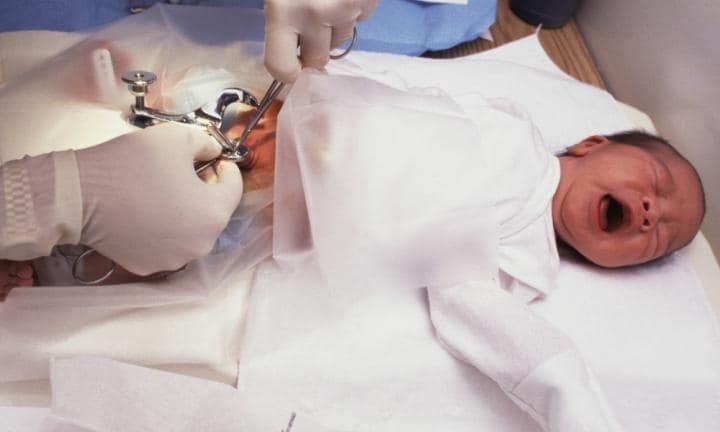 |
| Photo: Kidspot |
The tip of the penis will be swollen, and a yellow scab will appear.
Care tip: Gently clean the genital area with warm water daily. Use petroleum jelly to protect the site and prevent the penis from sticking to a diaper.
Legs
Newborns' legs are bowed out and the feet are turned in, which is no surprise, given their previous cramped living quarters.
Care tip: Don't worry about it—your baby's legs and feet will straighten in anywhere from six to 18 months.
Feet
Newborns' toes frequently overlap and the nails look ingrown (but aren't).
Care tip: Don't sweat it—this appearance is perfectly normal.
Deciphering His Poop
Sometime during your hospital stay, your baby will pass a thick black or dark-green substance called meconium; this is normal. Within a few days, a breastfed baby will begin having six to eight bowel movements daily; these will be soft and yellow-green and sometimes filled with seedlike particles. If your baby is formula-fed, he will likely have one to two stools per day; they'll be thicker and yellow/tan in color. Unless your baby has signs of diarrhea, wide variations in color, consistency and frequency are normal, according to Parents.
Dealing with Crying
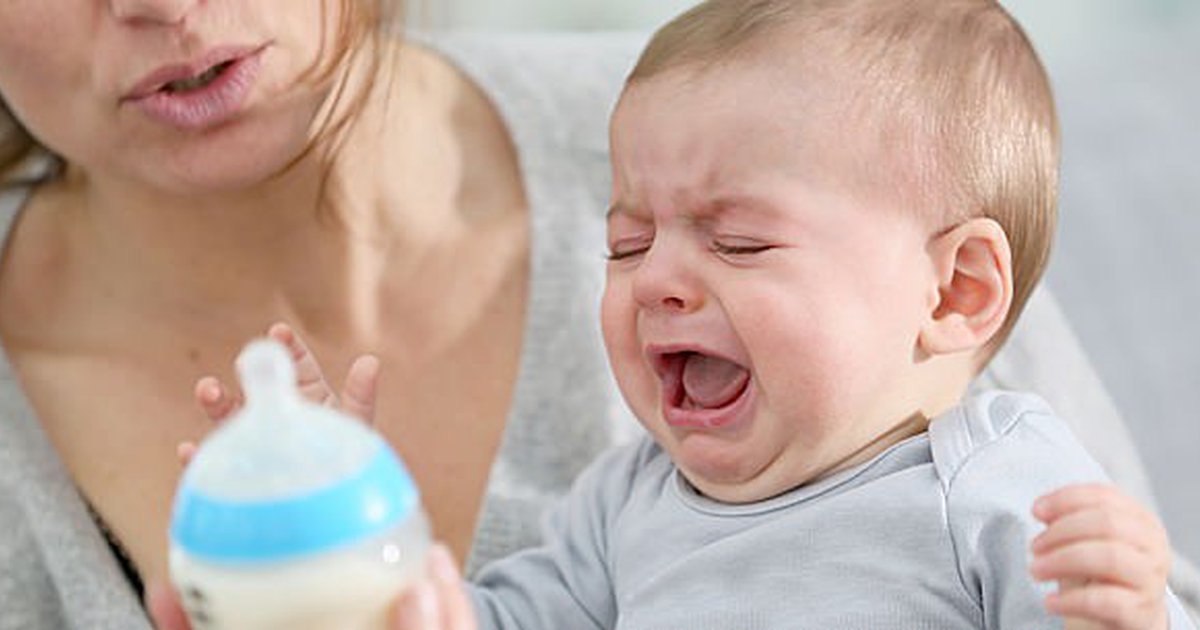 |
| Photo: Care.com |
Rule out the obvious potential causes: Check to see if the baby's diaper is soiled, if he's too hot or cold, or if his diaper or clothing is pinching him.
Let him suck on your breast, a bottle, your finger, or a pacifier. (If you're breastfeeding, don't offer a pacifier until nursing is going smoothly, usually when the baby is 4 weeks to 6 weeks old.)
Re-create a womblike environment by swaddling him securely in a blanket with his arms tucked inside. Then hold him snugly on his left side or stomach and jiggle him gently while making loud "shushing" sounds in his ear..
Walk, rock, sway, take him for a car or stroller ride, or put him in an infant swing. (Babies love motion!)
Above all, keep your cool! If you're tense, your baby will be, too. Remember that babies just cry—and it will pass.
Baby Fevers
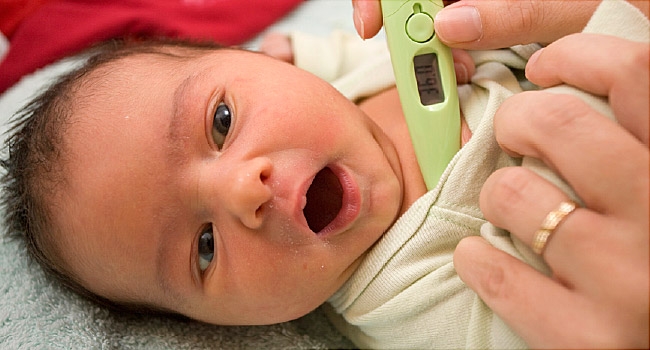 |
| Photo: WebMD |
Fever can be a sign of serious illness, especially in a baby younger than 2 months old. Call your pediatrician if your newborn's rectal temperature hits 100.4° F; 102° F if your baby is 2 months or older. Also watch for other signs of illness: If your baby just isn't acting right, eating, or drinking, or seems to be in pain, contact the doctor regardless of his temperature. A low-grade fever (99° F to 100° F) itself isn't harmful, so if your baby shows no signs of discomfort, trying to reduce it is not necessary
| A temp of 101° F or higher might warrant medication. If your older baby's temperature is this high, giving him Infants' Tylenol may ease his discomfort and help him sleep and eat. (Never give aspirin to a child of any age.) Just remember that reducing a child's fever can pose a problem: When he begins to feel better, it can be difficult to assess how sick he actually is. However, any fever of 101° F or higher that lasts more than two days, especially if your baby is coughing, warrants a call to the doc to rule out urinary tract or other bacterial infections. |
 How to take a bus while travelling in the United States? How to take a bus while travelling in the United States? In the United States, to save money, travelling by bus, particularly between major towns and cities, is a good choice. Today, Knowinsider will introduce you ... |
 How to take a bus travel in the United Kingdom? How to take a bus travel in the United Kingdom? There’s no better feeling than exploring a new city, a new country by bus! Knowinsider is going to introduce you how to take a bus ... |
 How to take care of your indoor plants - Some useful tips! How to take care of your indoor plants - Some useful tips! This piece of information is suitable for all nature-lovers, especially who are planting indoor plants. We often follow or build up some tips or rules ... |


























